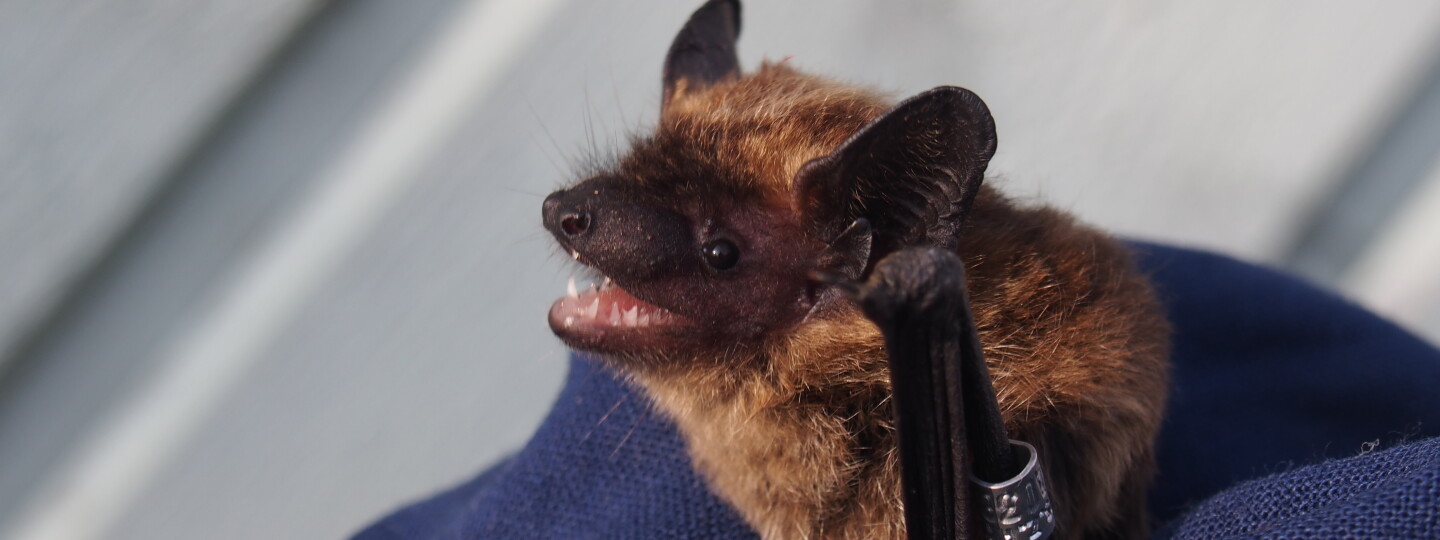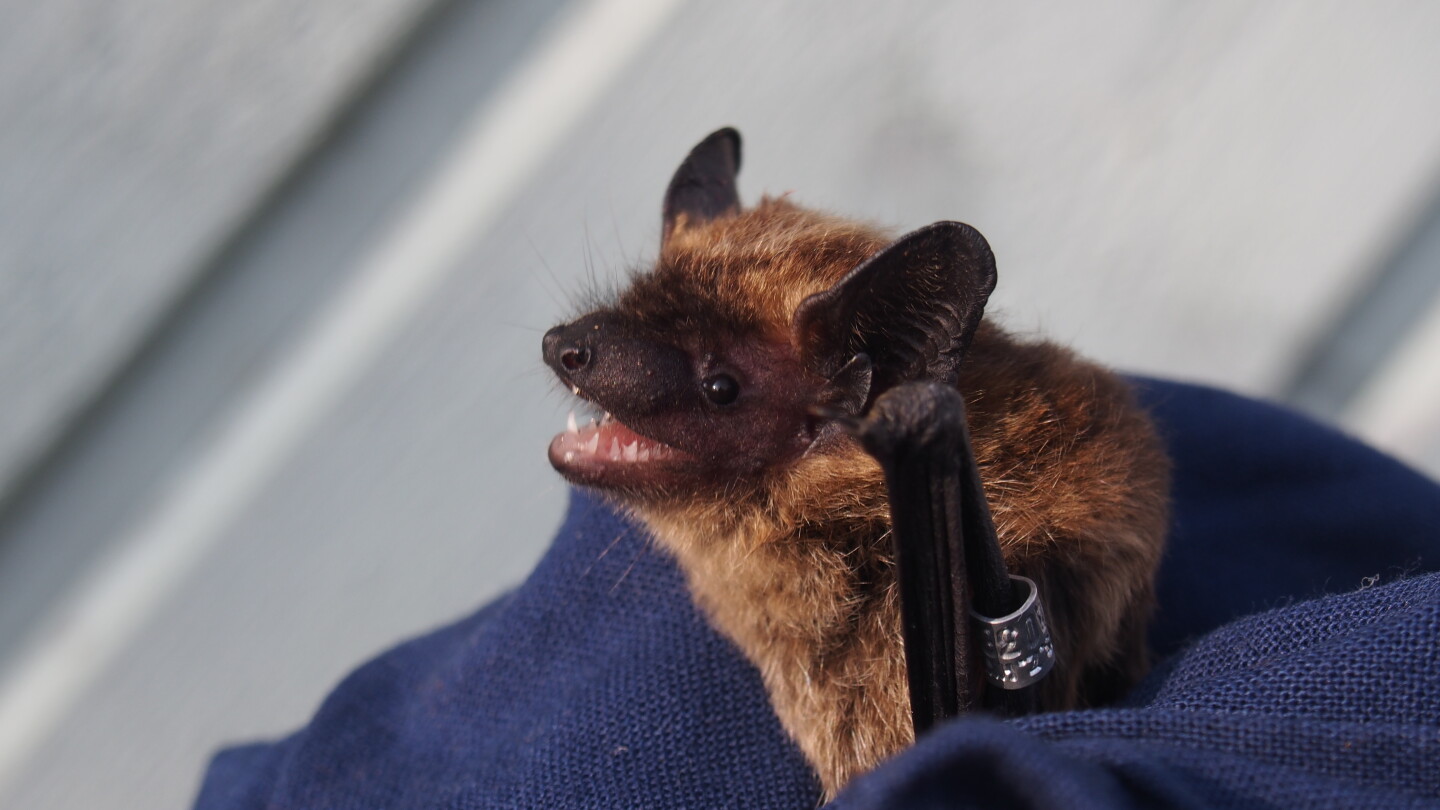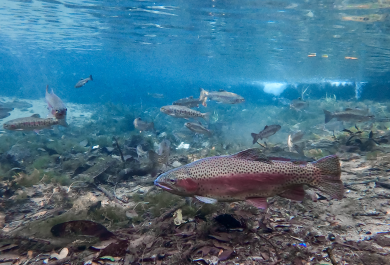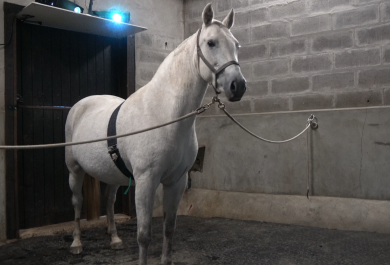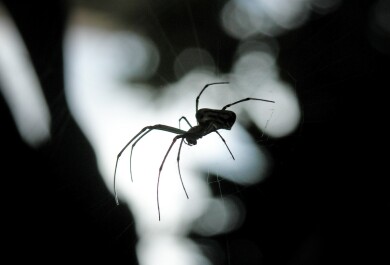New research at the University of Turku shows that bats like restored wetlands!
Wetlands are rich and diverse ecosystems, that play a key role in greenhouse gas fluxes, flood control and nutrient cycling. In Finland peatlands have long been drained for human use, primarily for forestry and agriculture and as a result many wetland species have become endangered. The aim of wetland restoration is to restore vulnerable and threatened habitats. However, the impact of restoration on threatened bats has until now been almost unknown.
Because bats forage at night and are difficult to observe, researchers used special bat detectors that record the high-frequency calls of the bats to determine the species present. Bat detectors were placed in 21 sites in Southwest Finland. Monitoring was carried out for four summers in 2018–2019 and 2021–2022, recording over 10,000 nights in total.
"Bats are fascinating perhaps because they are so secretive. When I placed the detectors during the day, I was always excited about what it would record during the coming nights", notes Postdoctoral Researcher Anna Blomberg.
The study revealed that the activity of bats increased markedly in restored wetlands, presumably because the bats could find more insects. The most detected bat species were the northern bat and different species of mouse-eared bats.
Bats are of special conservation status. They are considered good indicators of a well-being ecosystem as they feed on insects which, in turn, often have various specific demands on their environment. In Finland, 13 species of bats occur. Most of our species both overwinter and breed here and the rest are either rare or poorly known.
"The abundance of insects allows bats to reproduce in the northern latitudes despite the short summers. Restoring wetlands creates a more varied landscape with good feeding places for bats which is expected to be beneficial for these protected species", notes Blomberg.
The research was part of a 6-year EU funded project Hydrology LIFE that is ending this year. Thanks to the long-term project, it was possible to also measure the activity of bats before the wetlands were restored. By doing so, researchers could more reliably show that it was indeed the restoration action that increased the bat activity and not something else. Worldwide, there are only a few studies demonstrating the consequences of wetland restoration on bats and this Finnish study therefore makes an important contribution.
Hydrology LIFE project, coordinated by Metsähallitus Parks and Wildlife Finland, have restored more than 5,000 ha of degraded peatlands in over 100 locations in 2017–2023.
The aim of Hydrology LIFE is to recover the degraded wetland habitats towards the original state which is vital for many valuable species. It is therefore great that we as part of our project also can show that restoring wetlands benefits wildlife", says Hydrology LIFE Project Manager Maria Tiusanen.
> Read the report of the study (pdf)
> Hydrologia-LIFE project website
For further information, please contact:
Postdoctoral Researcher Anna Blomberg
anna.blomberg@utu.fi
tel. +358 50 576 6575
Maria Tiusanen
maria.tiusanen@metsa.fi
tel. +358 206 39 4444
Project Manager, Hydrology LIFE
Metsähallitus, Parks and Wildlife Finland
